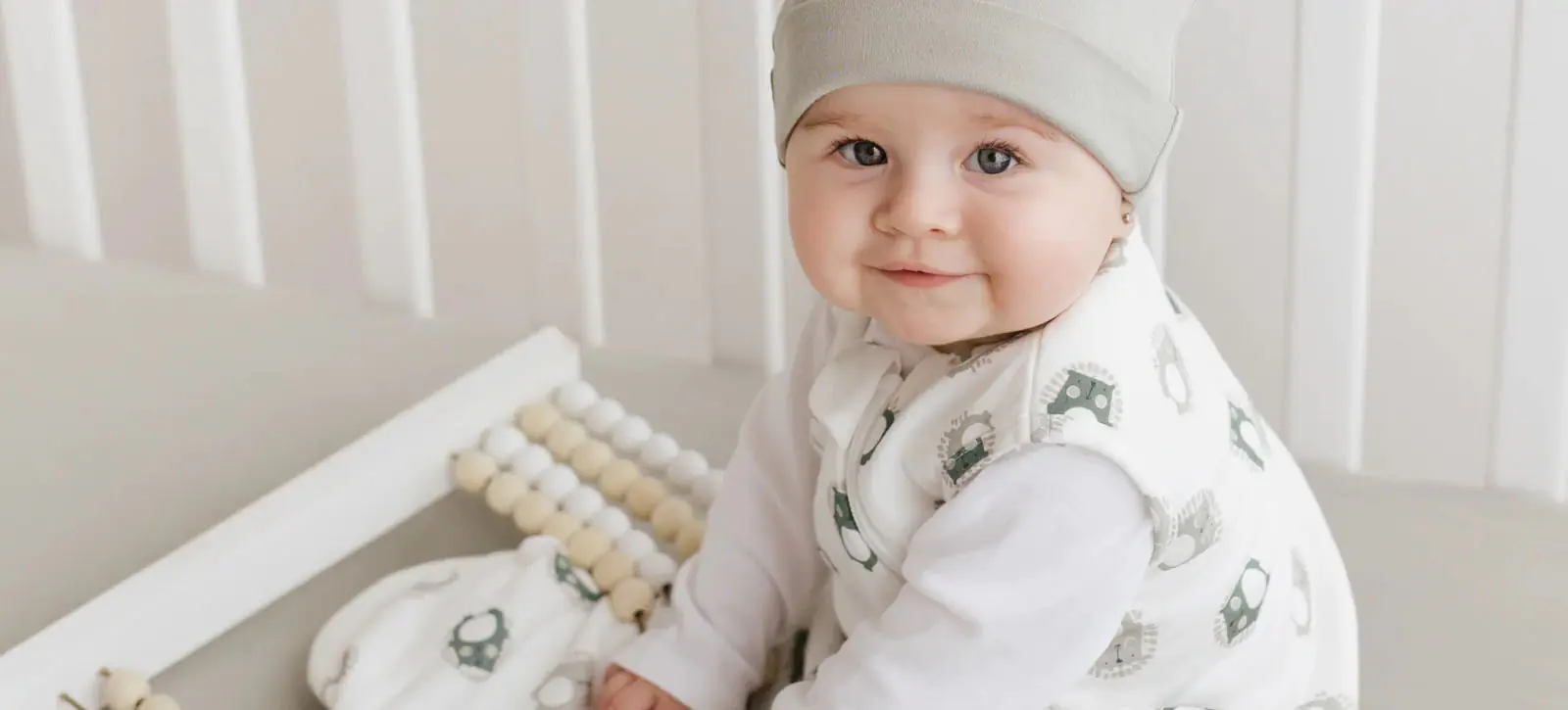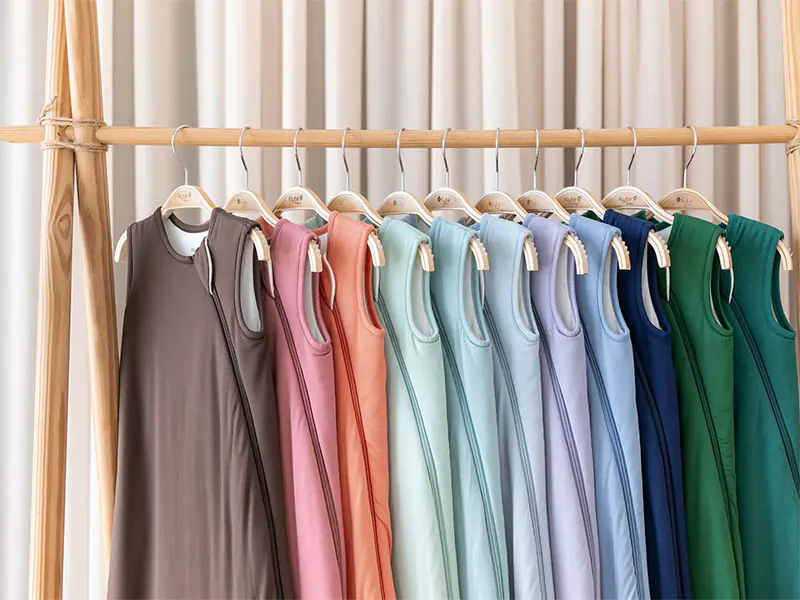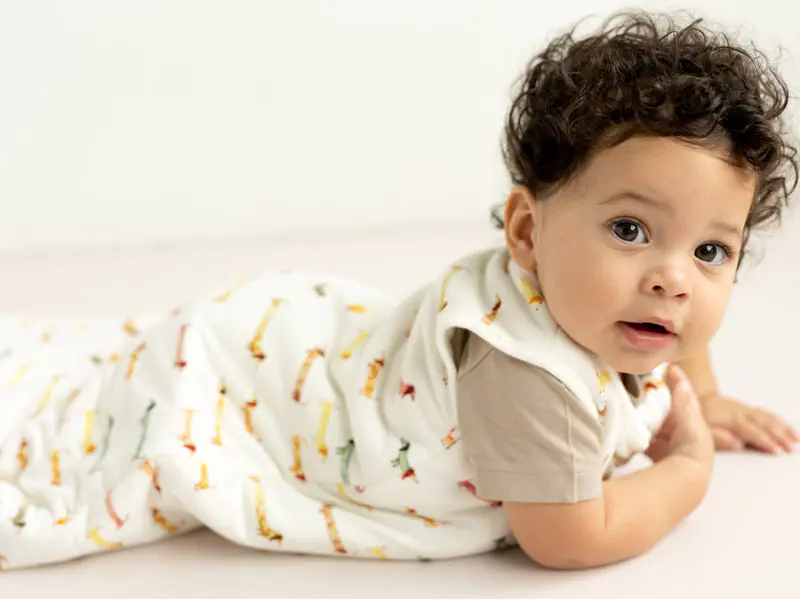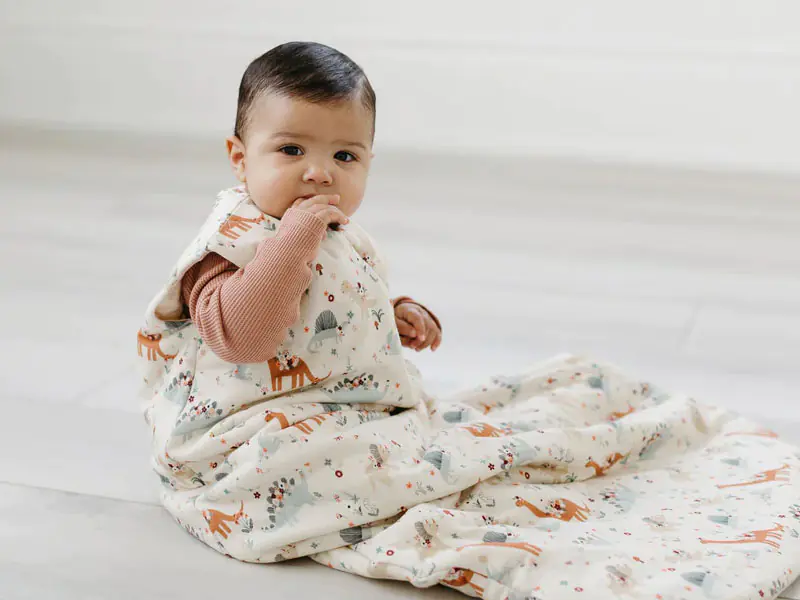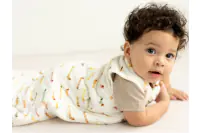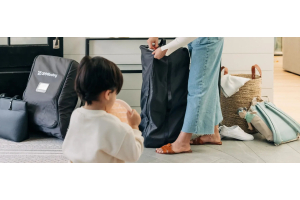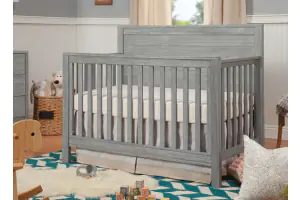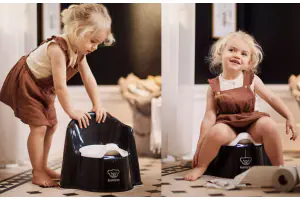TOG Rating: Keeping Your Baby Cozy and Safe in Every Season
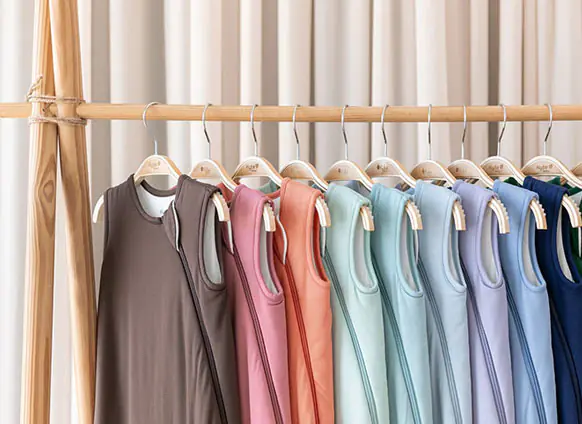
TOG Rating: Keeping Your Baby Cozy and Safe in Every Season
When it comes to baby clothes, ensuring your little one is snug and comfortable is a top priority, especially during sleep time. One of the essential factors to consider in this regard is the TOG rating, which plays a crucial role in determining the right sleepwear for your baby. In this article, we'll delve deeper into TOG ratings, how they impact your baby's sleep, and provide insights into renowned brands like Kyte Baby and their top-notch sleeping bags.
Understanding TOG Ratings: The Coziness Factor
TOG, which stands for Thermal Overall Grade, is a measure of thermal insulation. It indicates a material's ability to trap warm air close to the body. TOG ratings are particularly relevant when it comes to sleepwear, including baby sleep bags (also known as baby sleeping bags, baby wearable blankets, or baby sleep sacks) and swaddles. These ratings serve as a guide to ensure your baby stays comfortably warm without overheating while they sleep.
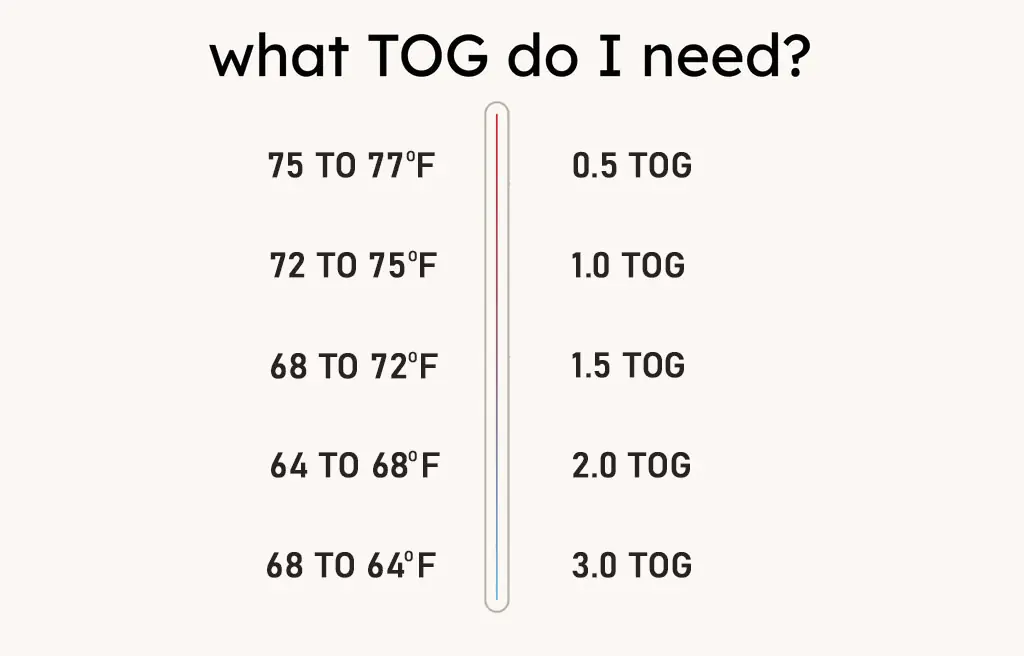

Understanding the TOG Rating
The TOG rating of baby sleepwear is determined through standardized testing in a laboratory using a thermal mannequin. This rating takes into account various factors, including the type of fabric, material thickness, and garment construction. A higher TOG rating indicates that the sleepwear provides more thermal insulation, making it suitable for colder temperatures. On the other hand, a lower TOG rating is appropriate for warmer conditions.
Common Material for Sleeping Bag
When it comes to choosing the right fabric for your baby's sleepwear, two popular options are bamboo and cotton. Understanding the difference between these materials is crucial for making informed decisions based on TOG ratings.
Bamboo Fabric:
Known for its exceptional softness and breathability, bamboo fabric is a fantastic choice for baby sleepwear. It naturally regulates temperature, keeping your baby comfortable. Bamboo is moisture-wicking, which means it pulls moisture away from the skin, preventing your baby from feeling sweaty. This makes it suitable for a wide range of temperatures and ideal for sleepwear with varying TOG ratings.
Cotton Fabric:
Cotton is a classic and widely-used fabric for baby clothing, including sleepwear. It's known for its durability, softness, and ease of care. Cotton is also breathable, but it may not be as moisture-wicking as bamboo. While cotton can be an excellent choice for baby sleepwear, it's essential to pay attention to the thickness and layering when considering the appropriate TOG rating.
Tencel Fabric:
Tencel, also known as lyocell, is a fabric made from sustainably sourced wood pulp. It's gaining popularity in the baby clothing industry due to its excellent breathability and moisture-wicking properties. Tencel fabric is exceptionally soft and gentle on a baby's skin, making it a comfortable choice for sleepwear. Like bamboo, Tencel fabric can help regulate temperature and keep your baby dry, preventing discomfort caused by excessive sweating.
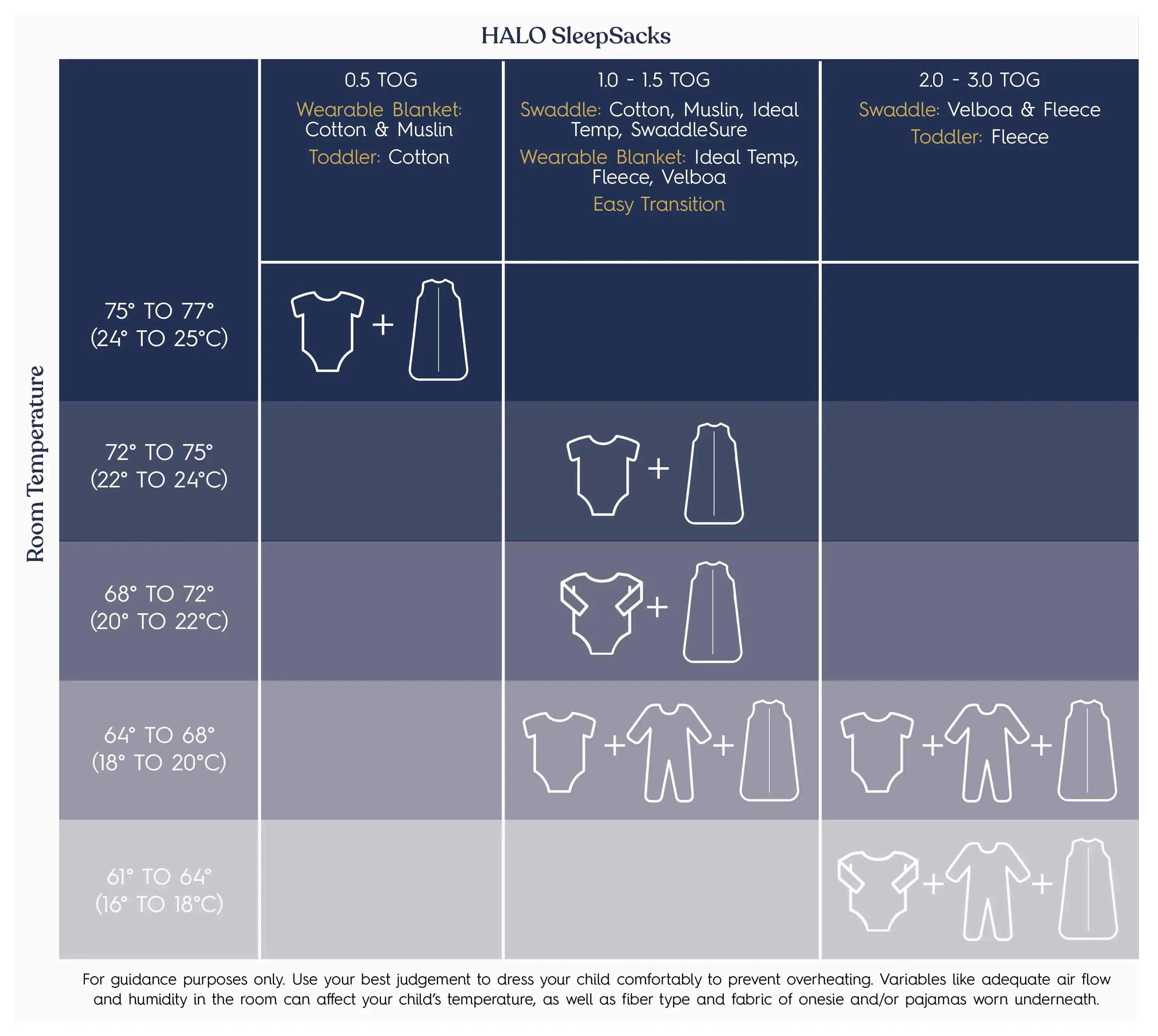

Room Temperature and TOG Value
The relationship between TOG value and room temperature is essential when choosing the right sleepwear for your baby. Here's a handy guideline:
Warmer Room Temperatures (75°F or higher):
Opt for sleepwear with a TOG rating of 0.5 to 1.0 to provide a light layer of insulation without causing overheating.
Moderate Room Temperatures (61°F to 68°F):
Choose sleepwear with a TOG rating of 2.5 to 3.5 to keep your baby warm in cooler conditions.
It's worth noting that these recommended TOG ratings are just guidelines. Your baby's age, weight, and personal comfort preferences should also influence your choice. Always monitor your baby's comfort and adjust their sleepwear accordingly.
Dressing for Different Weather
In addition to TOG ratings, dressing your baby appropriately for different weather conditions is crucial for their comfort and safety. Here are some tips for various weather scenarios:
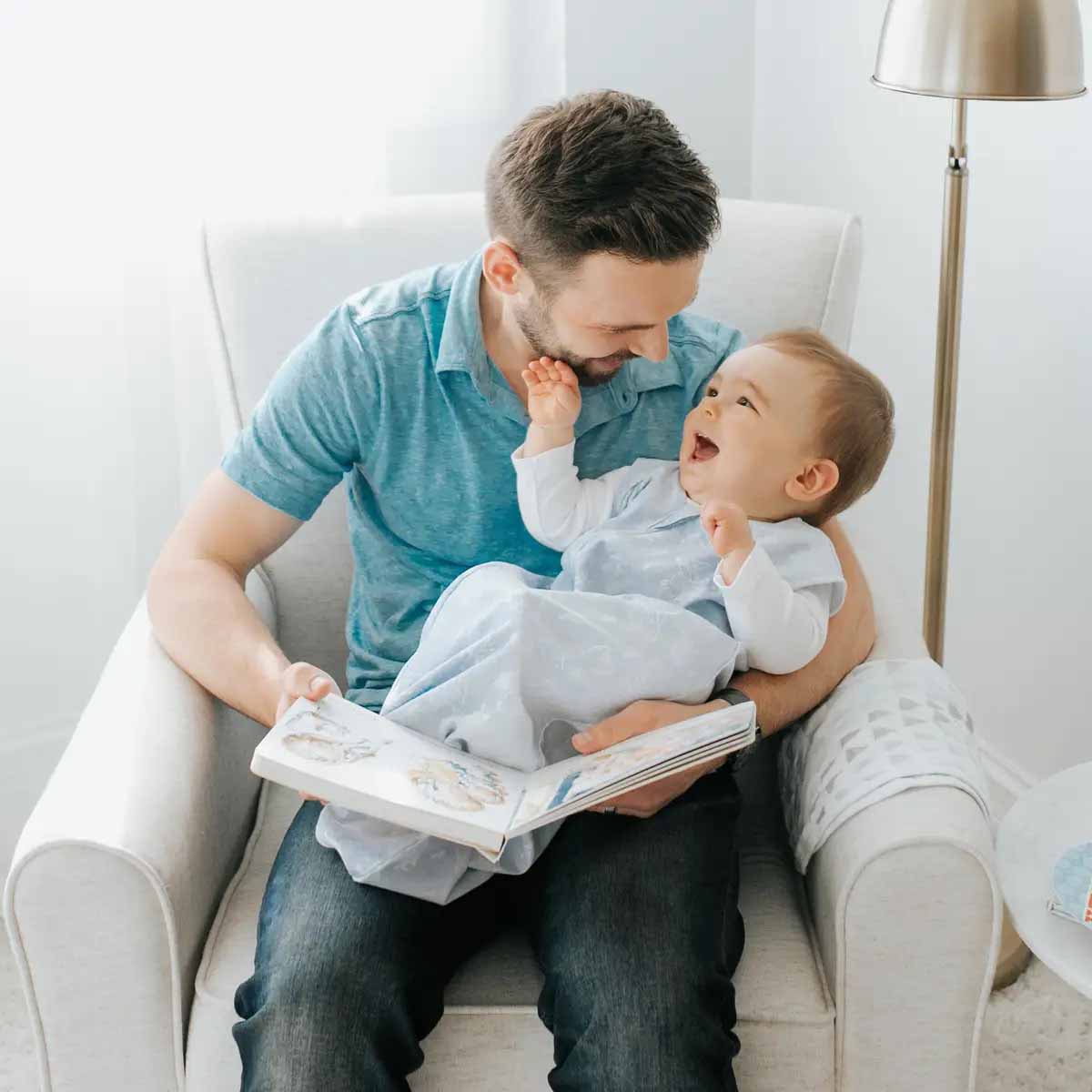
Hot Weather:
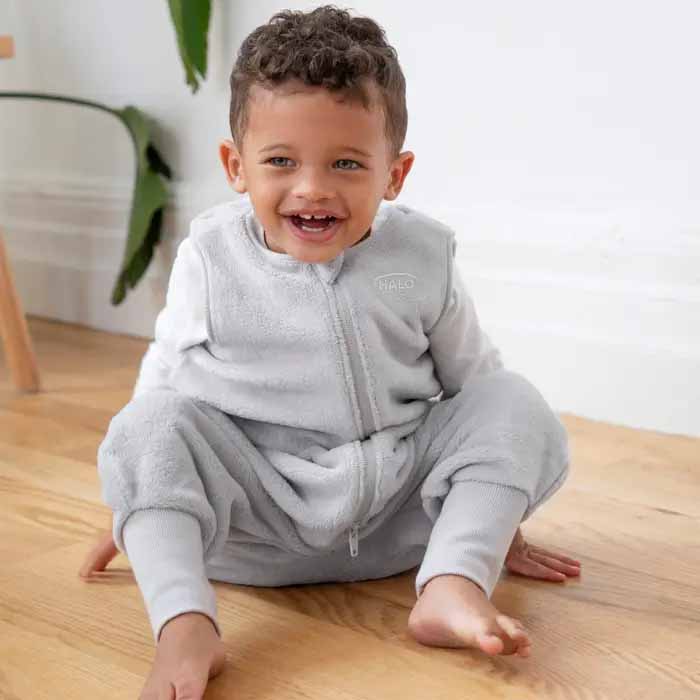
Cold Weather:
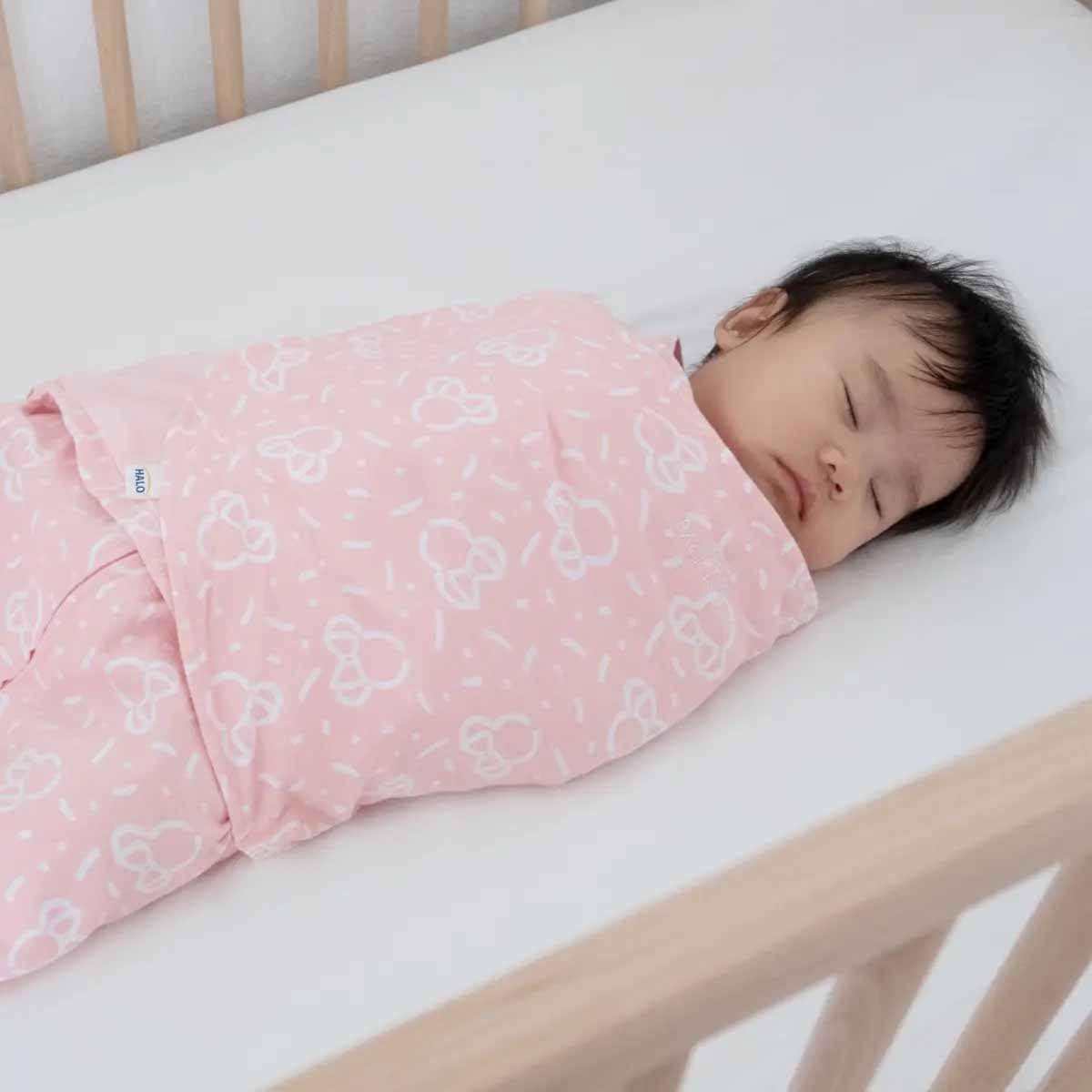
Rainy Weather:
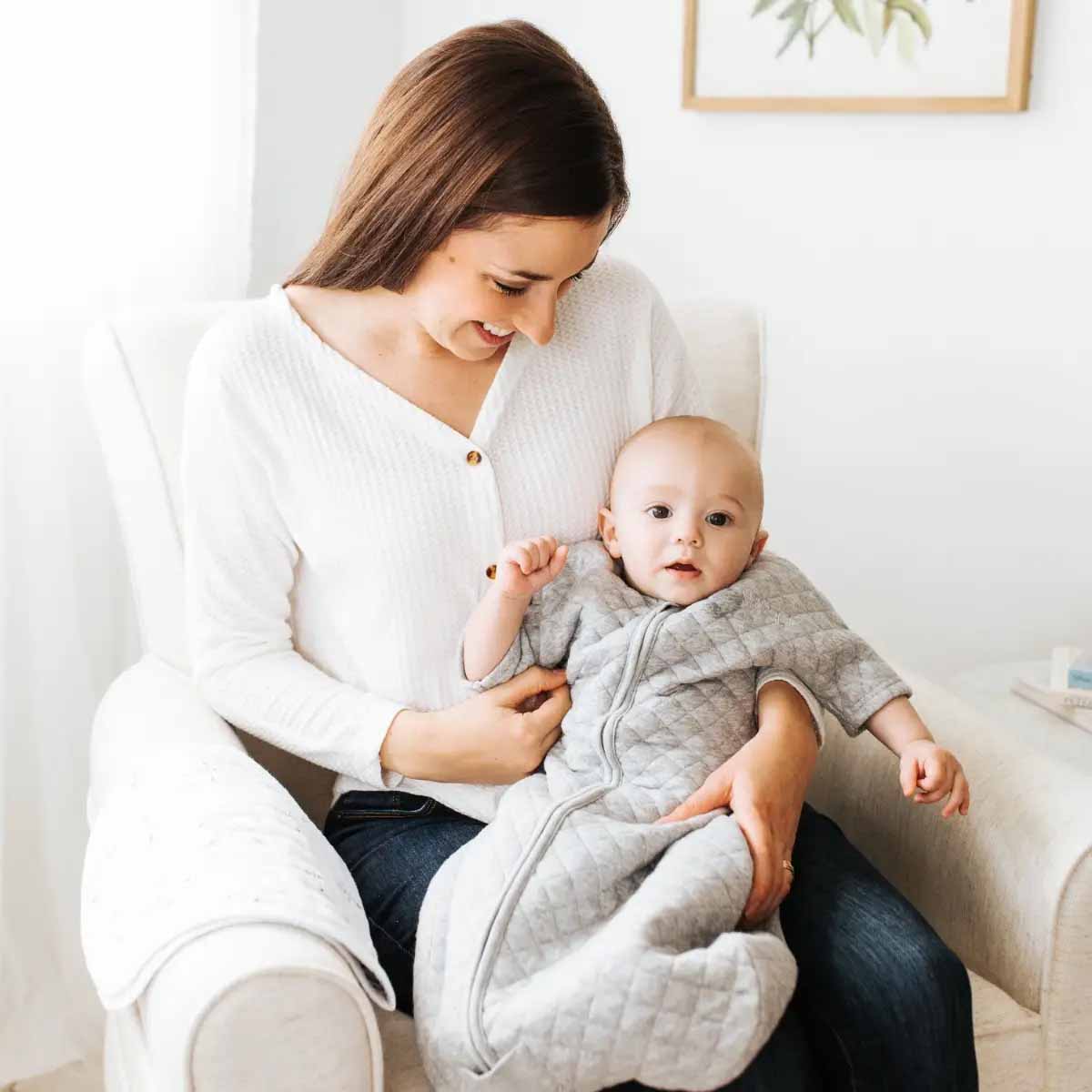
Windy Weather:
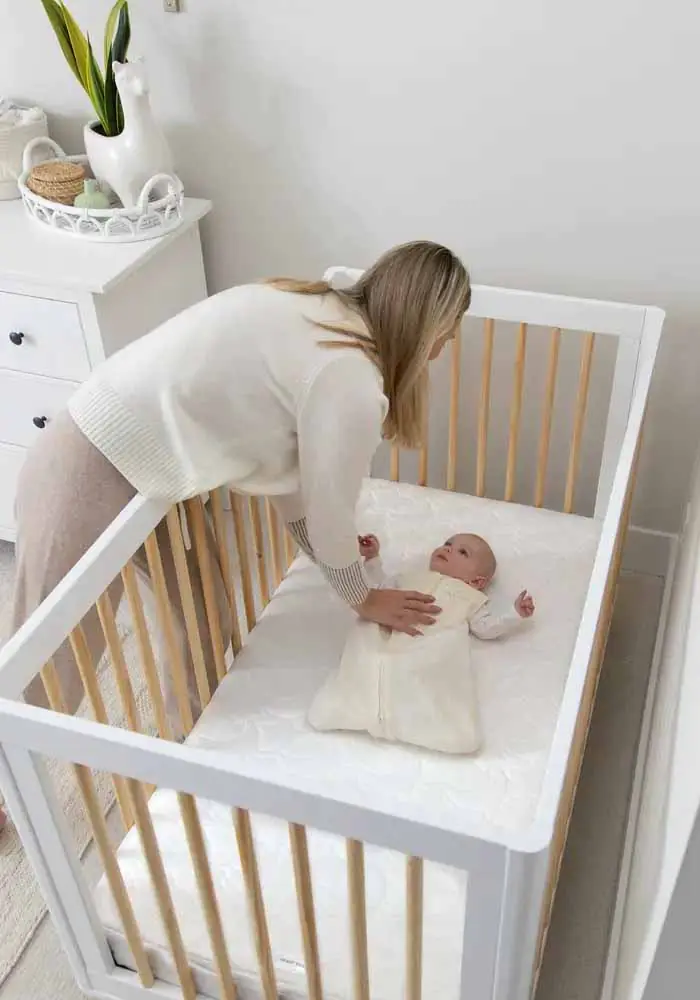

Monitoring and Adjusting TOG Values
To keep your baby comfortable, it's essential to monitor the room temperature and adjust their sleepwear accordingly. Here's what to do:
Cooler Room Temperature: If the room feels cooler, consider sleepwear with a higher TOG rating or add an extra layer of lightweight clothing under your baby's sleepwear for additional insulation.
Warmer Room Temperature: In a warmer room, opt for sleepwear with a lower TOG rating, or dress your baby in lighter-weight clothing to prevent overheating.
Room Temperature Fluctuations: If the room temperature varies throughout the night, consider using a sleep bag with a variable TOG rating or layer your baby's clothing so you can easily add or remove layers as needed.
Consider Your Baby's Preferences: Every baby is unique, and some may prefer different temperatures than others. Pay attention to your baby's cues. Signs of overheating may include sweating, flushed skin, and rapid breathing, while signs of being too cold may include shivering, cold hands and feet, and fussiness.
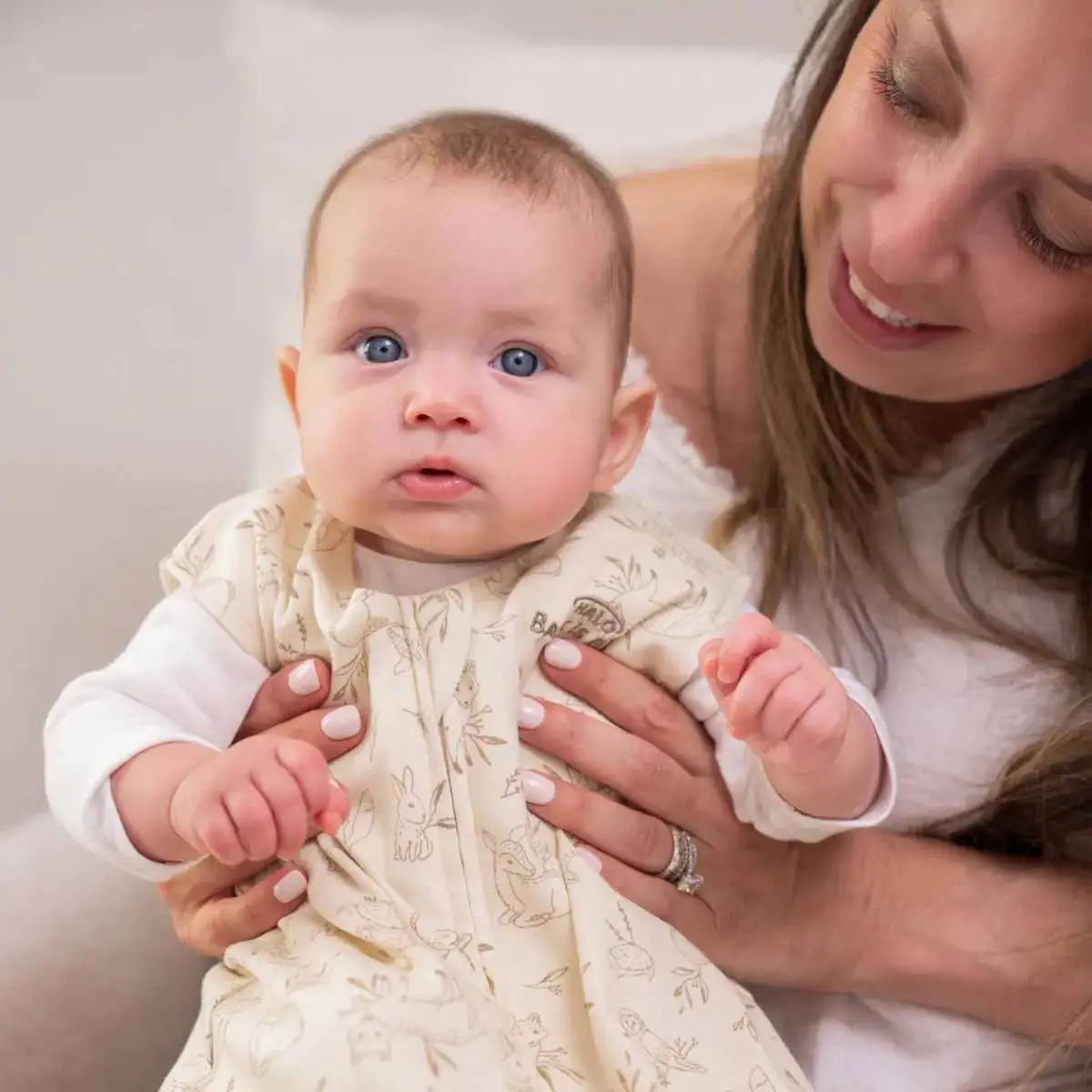

Special Considerations
For parents of premature or low-weight babies, it's crucial to dress your baby with their unique needs in mind. Look for clothing designed specifically for premature or low-weight infants, as they are typically smaller in size, softer in material, and easier to put on and take off. Layering is still a good strategy to regulate their body temperature, starting with a soft, lightweight onesie and adding layers as necessary. Avoid heavy fabrics that could cause overheating, and be gentle when dressing your baby to protect their delicate skin.
If your baby has health conditions, always consult with your healthcare provider for personalized recommendations on dressing your baby based on their health condition. Certain medical equipment or devices may require specific clothing choices to ensure your baby's comfort and safety.
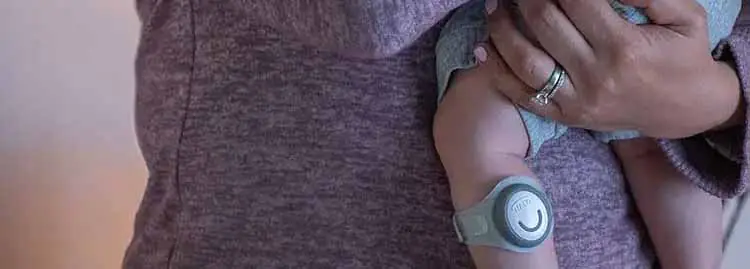

Monitoring Your Baby's Comfort
Regularly monitoring your baby's temperature and comfort during sleep is crucial to ensure their safety and well-being. Overheating is a risk factor for Sudden Infant Death Syndrome (SIDS), while being too cold can disrupt your baby's sleep and make them uncomfortable. Dress your baby appropriately for the room temperature and make adjustments as needed to keep them comfortable. Pay attention to your baby's cues and look for signs of discomfort or distress, such as sweating, rapid breathing, or shivering.
Remember to follow safe sleep guidelines and consult with your healthcare provider if you have any concerns about your baby's sleep habits or temperature regulation. By understanding TOG ratings and making thoughtful clothing choices, you can help your baby sleep peacefully and comfortably in any season and weather condition.
In conclusion, keeping your baby cozy and safe is a top priority, and understanding TOG ratings and choosing the right sleepwear is a great step in that direction. Brands like Kyte Baby offer exceptional sleeping bags designed to keep your baby comfortable and secure, whether crafted from bamboo, cotton, or Tencel fabric. Your knowledge of TOG ratings helps you make the best choices based on room temperature and your baby's unique needs. Your baby's comfort is just a sleep away!
Disclaimer: This article is intended for informational purposes only and should not be considered as medical advice. Always consult with your healthcare provider for specific recommendations related to your baby's health and well-being.


